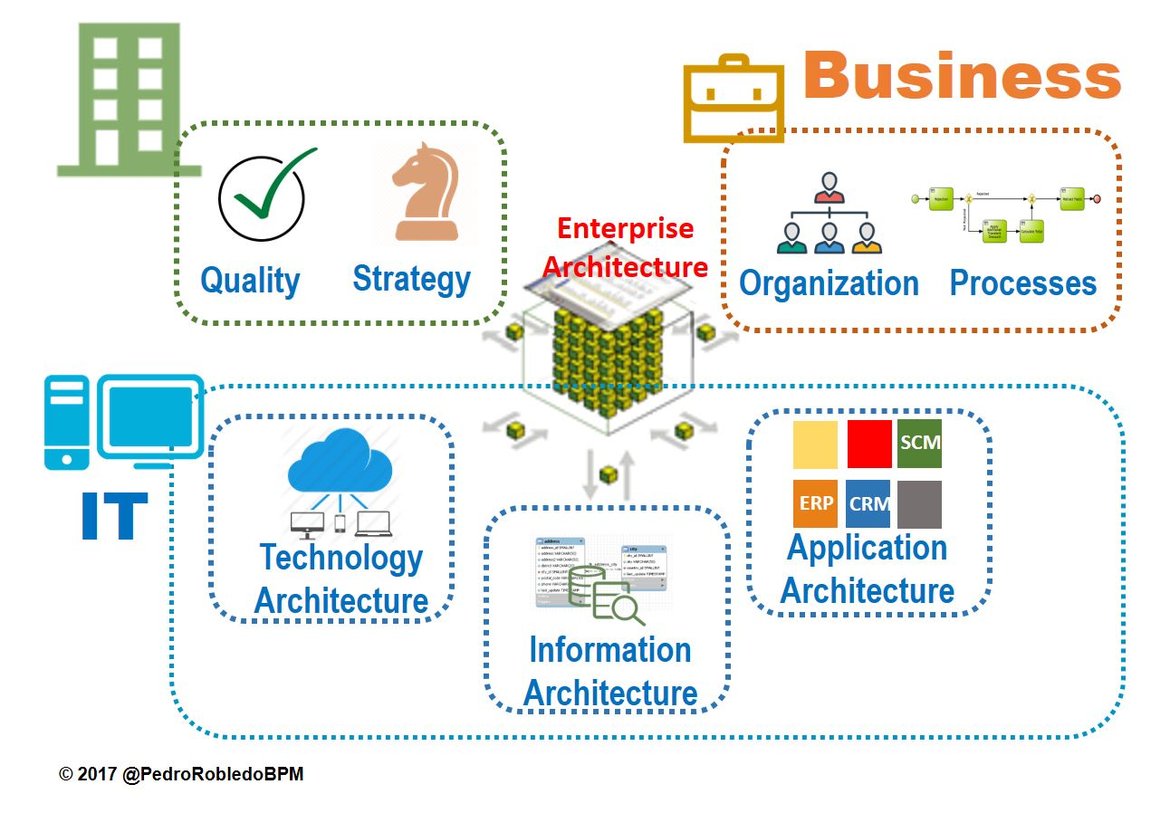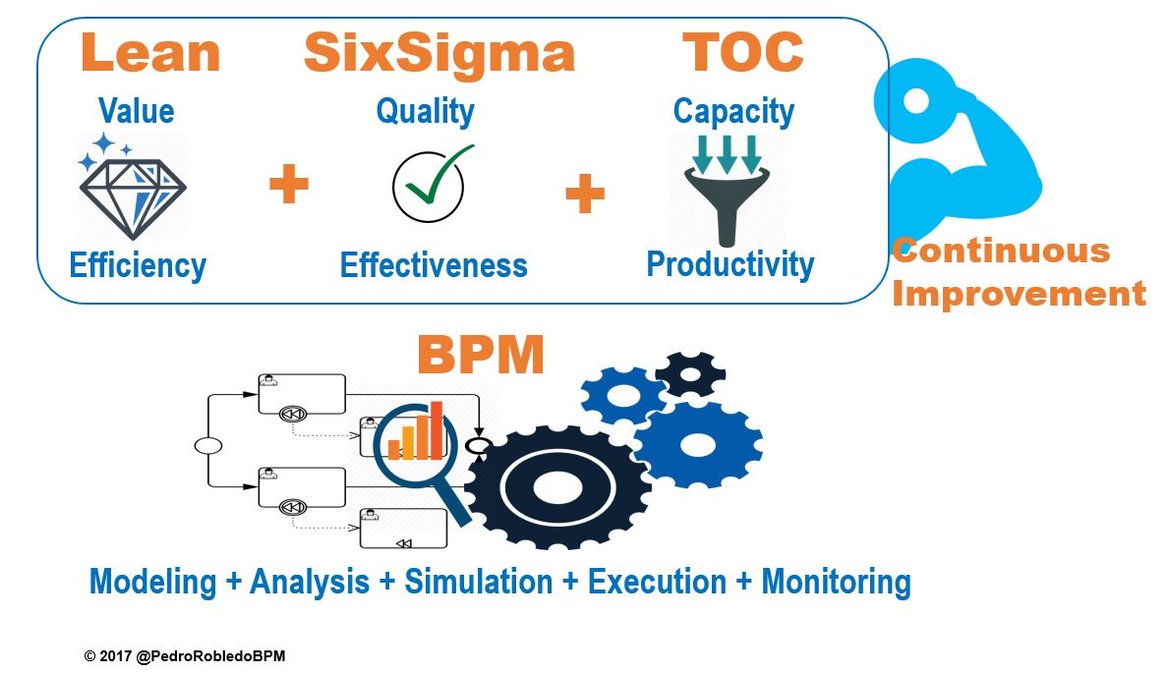¡HI! If you want to propose us a project, send a mail to info@albatian.com


ALL INFORMATION ABOUT
BPM, PROCESS, R & D, TECHNOLOGY
Any Business Innovation and Transformation requieres an Enterprise Architecture .
By: Pedro Robledo, BPM process management expert

Everyone realizes that organizations have to be innovating or continually transforming themselves to be competitive in a changing world like the present one. Both Innovation (doing something different or something new) and Transformation (making changes to something that already exists: optimizing, improving ...) will involve making changes in the organization to take it from a current state to a future state with the changes implemented. Considering that "55% of the current 500 Fortune organizations will not be in the Fortune elite in 2025" according to ...
(Keep reading)The reporting on Cibersegurity is meant for management satisfation or to progress?
By Bernardo Ramos, IT security expert

What is the use of reporting in general?
There are three possible answers:
- To satisfy the boss's craving for information
- To show that you do your job
- To identify what needs to change to make progress.
Of course, everyone will say that the third option is the correct one
But in most cases the true answer is the first one without any further aim
If we want to know if we are doing well in terms of cybersecurity, if we really ...
(Keep reading)The missing link
By Francisco González, Data transformations expert

Nowadays, an absolutely necessary condition for the sustained growth of a commercial company is how easy it exchanges information electronically with customers and suppliers. It is unthinkable today that a company that receives 100 orders and generates 100 invoices a day, takes orders over the phone or sends 100 envelopes by ordinary mail to their customers. As the business grows, the amount of staff resources required to handle such a lot of manual work increases proportionately.
Even if the order data arrives in an email’s body or the invoices are ...
Agile, the last trend in information technology
By Bernardo Ramos, IT security expert

Information Technology and fashion
New trends in Information technology appear often as a matter of fashion
New trends in IT use to emerge as oscillations between two extreme positions:
- Centralized / Distributed
- Simple / Complex
Around 1980’s IBM launched a computer series based on an architecture labelled “RISC” (as "Reduced Instruction Set Computing") RISC was the answer to the need of improving the old good IBM 360 complex architecture (CISC) that had been designed as a rich and complex instruction set processor to maximize the computing speed by ...
(Keep reading)Lean+SixSigma+TOC provide methods for continuous process improvement in BPM
By: Pedro Robledo, BPM process management expert

The discipline of process management (BPM - Business Process Management) makes continuous improvement of any organization possible, by allowing to manage the business processes in an efficient and reliable way. When looking for the quality of an organization we are referring to achieving a degree of inherent characteristics that meets certain requirements, needs or expectations, looking for cost savings, more revenue, greater productivity, greater profitability, greater customer satisfaction, improved branding, motivation and engagement of employees, flexibility and preparation for the future, better respond ...
(Keep reading)










